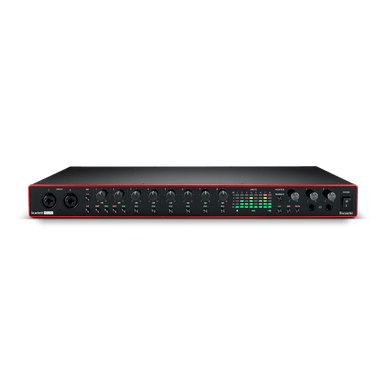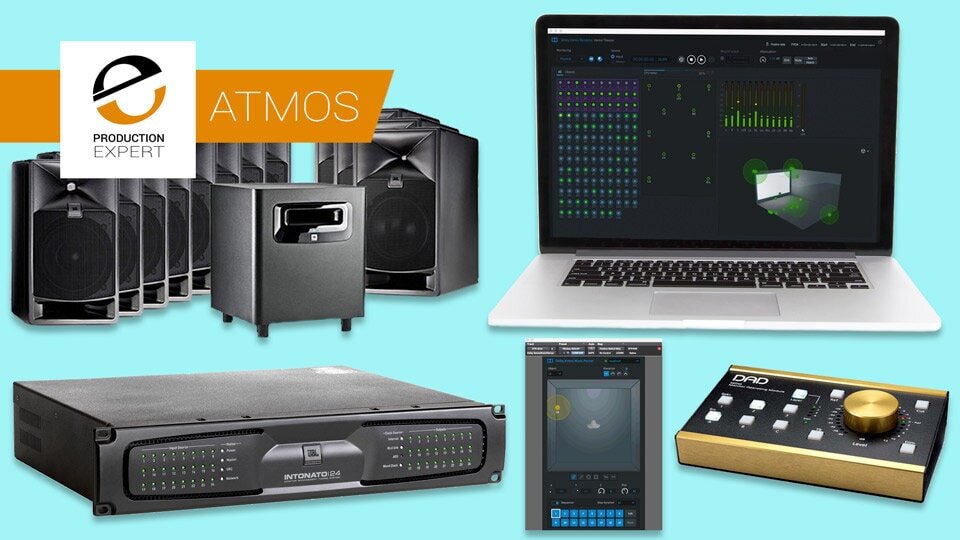I do have a question for you--if I wished to have a 4'th order say Butterworth low pass filter, where do I get help?
If your question is how to calculate the biquad coefficients, here are my understandings.
You can go to this page in miniDSP's website. Scroll down to "Where to start?" and download the biquad filter spreadhseet.
Flexibility really matters when it comes to innovative speaker design. As DIYers and speaker designers ourselves, we came to realize that miniDSP platforms could be used for both basic and advanced digital signal processing applications. While textbook filter implementation like Butterworth...

www.minidsp.com
I'll use your example of a 4th order Butterworth low pass filter and EKIO's example coefficients in manual page 16 (low pass Butterworth, 24 dB/oct = 4th order, 1433 Hz, fs = 44100 Hz).
Going to Analog Device's Linear Circuit Design Handbook, 2008, Butterworth design table (chapter 8, fig. 8.26, page 8.42).
Linear Circuit Design Handbook, Edited by Hank Zumbahlen, Published by Newnes/Elsevier, 2008, ISBN-978-0-7506-8703-4 (Also published as Basic Linear Design, Analog Devices, 2007, ISBN-0-916550-28-1).Fundamentals and applications of data acquisition components. Contains much of the material...

www.analog.com

You can see that to create a 4th order Butterworth filter, you need to cascade two second order sections (biquads), first one with Q = 0.5412, second with Q = 1.3065.
Go to the miniDSP spreadsheet, the LPF tab, plug in the values first for section 1, then for section 2. You can see that the biquad coefficients from the miniDSP spreadsheet match the example in the EKIO manual, with the exception that the signs of a1 & a2 are reversed. The is an option in EKIO to reverse those signs to match the miniDSP numbers. "Status" in the miniDSP spreadsheet will tell you whether the filter is stable or not.







